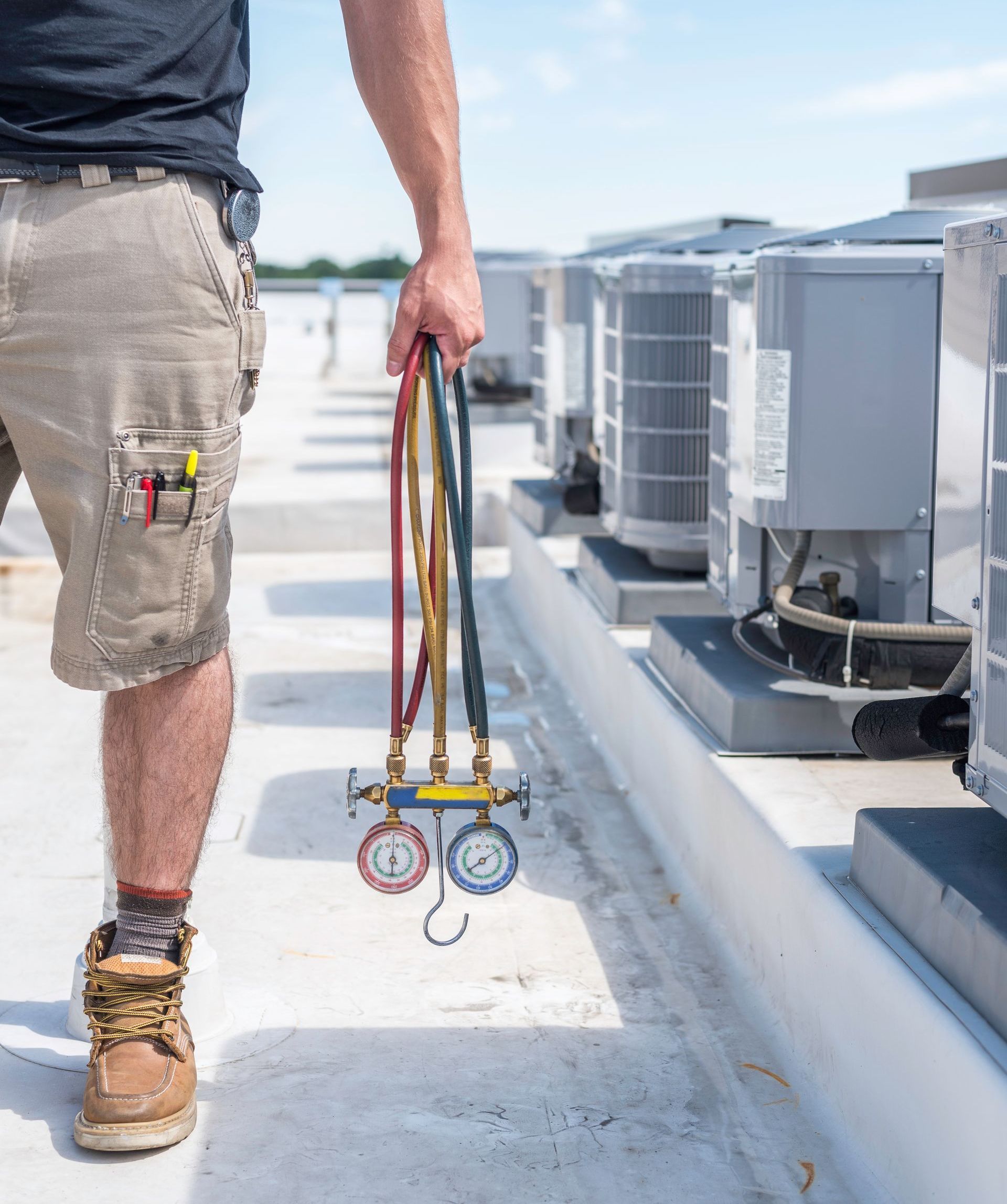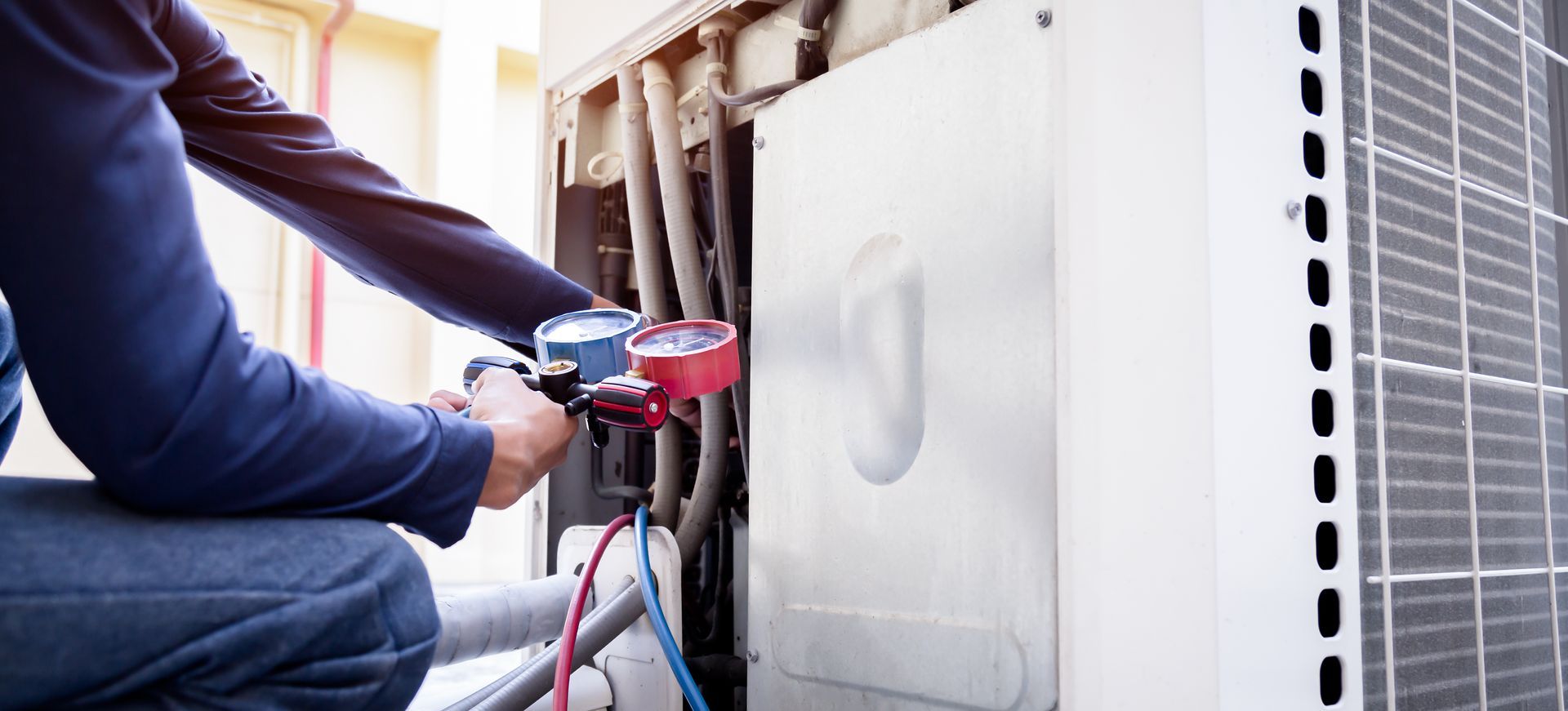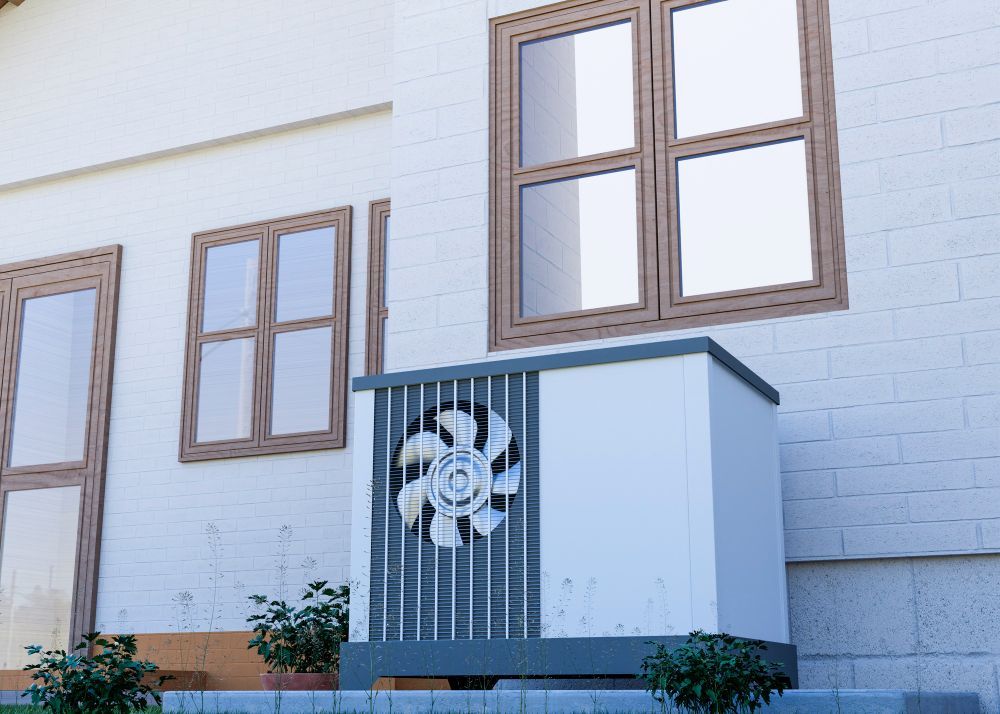Behind the Scenes: What an HVAC Contractor Really Does on Installation Day
Ever wondered what really goes down when your new HVAC system gets installed? Most homeowners think it's just a matter of placing a unit and plugging it in — but the process is a lot more involved. In this behind-the-scenes look, we’ll walk you through what HVAC contractors like Hill Heating & Air actually do on installation day to ensure your system performs safely, efficiently, and reliably for years to come.
What Happens Before Installation Day?
Before the crew even arrives, there’s a checklist of prep work already handled:
- Home evaluation & load calculation: Pros assess your home’s square footage, insulation, and ductwork to size your HVAC system properly.
- Permits and planning: Legitimate contractors pull permits and plan installations according to local codes and manufacturer specs.
- System selection: Based on your needs and budget, your contractor helps you choose between central AC, heat pumps, split systems, etc.

Step-by-Step: What HVAC Contractors Do on Installation Day
Here's what the Hill Heating & Air team typically handles when installing a new system in homes across South Jordan, UT and beyond:
1. Arrival and Site Protection
- Crews arrive on time and walk through the job site to protect floors, walls, and nearby fixtures.
- Safety gear and protocols are reviewed before work begins.
2. Removal of the Old System
- The old unit is carefully disconnected and hauled away.
- Refrigerant is properly reclaimed and disposed of (as required by EPA guidelines).
3. System Setup & Ductwork Adjustments
- New HVAC components are brought in and staged.
- If ductwork needs modification or sealing, it’s done at this stage to ensure optimal airflow.
4. Electrical & Refrigerant Line Connections
- Your new system gets connected to the electrical panel and new refrigerant lines.
- Hill’s licensed technicians test connections for voltage, continuity, and leaks.
5. Thermostat Installation & System Testing
- Your new smart thermostat is installed and calibrated.
- The HVAC system is powered on and run through a full cycle to check performance, temperature splits, and efficiency.
Quality Checks & Clean-Up
Before the team wraps up:
- Final system inspection is performed
- Airflow is measured and balanced
- All tools and debris are removed from the site
- You receive a walkthrough of your new system, maintenance tips, and warranty information
Common Questions from Homeowners
| Question | Answer |
|---|---|
| How long does installation usually take? | Most HVAC installations take 4–8 hours depending on the system size and complexity. |
| Do I need to be home the entire time? | Not necessarily, but someone should be available to answer questions and review the system afterward. |
| Will the new system be noisy? | Modern systems are quieter than older units — and Hill Heating & Air installs them with noise-reducing measures in mind. |
Why Choose Hill Heating & Air?
With 25+ years of experience, Hill Heating & Air has installed HVAC systems in hundreds of homes across South Jordan, Salt Lake City, Provo, and nearby Utah counties. What sets them apart:
- Owner-led installations (Steve Hill is often on site)
- No-debt business model — better pricing, no hidden fees
- 5-star local reviews from real homeowners
Final Thoughts: It’s More Than Just “Installing a Box”
HVAC installation is a coordinated process that blends engineering, craftsmanship, and attention to detail. Choosing a contractor like Hill Heating & Air ensures every step is done right — not just fast.
Need a new system or replacement soon?
Contact Hill Heating & Air today for an estimate and experience the difference a true professional makes.






